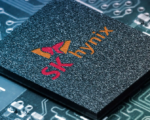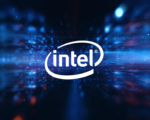Google Cloud recently unveiled its first custom-built Arm processor, named Axion, joining AWS and Azure in the Arm-based chip arena. Built on Arm’s Neoverse 2 designs, Google claims that its Axion instances deliver significant performance improvements compared to competitors’ Arm-based and x86-based instances.
According to Google, Axion instances offer 30% better performance than other Arm-based instances from rivals like AWS and Microsoft. Moreover, they boast up to 50% better performance and 60% better energy efficiency than comparable x86-based instances. However, Google did not provide any documentation to substantiate these claims or specify the benchmarks used. Despite inquiries for additional information, including availability dates, pricing, and technical details, Google declined to provide further insights.
A Google spokesperson mentioned that technical documentation, including benchmarking and architecture details, would become available later in the year. As such, the specifics regarding Axion’s performance and capabilities remain somewhat opaque for now.

It’s possible that the Axion chips are still in development, especially considering Google’s relatively late entry into the Arm-based cloud chip market. While Google has a history of developing in-house chips, such as its TPU AI chips and custom Arm-based mobile chips for Pixel phones, the development of cloud chips may have taken longer.
AWS launched its Graviton chips as early as 2018, giving it a head start in the Arm-based cloud chip space. Microsoft announced its Cobalt Arm chips late last year, but they are not yet available to customers. However, Microsoft Azure has been offering instances based on Ampere’s Arm servers since 2022.
During a press briefing prior to Tuesday’s announcement, Google emphasized that Axion is built on an open foundation. This means that Google Cloud customers will be able to migrate their existing Arm workloads to Google Cloud without requiring any modifications. This approach aligns with industry standards and ensures compatibility and flexibility for customers using Arm-based infrastructure.












